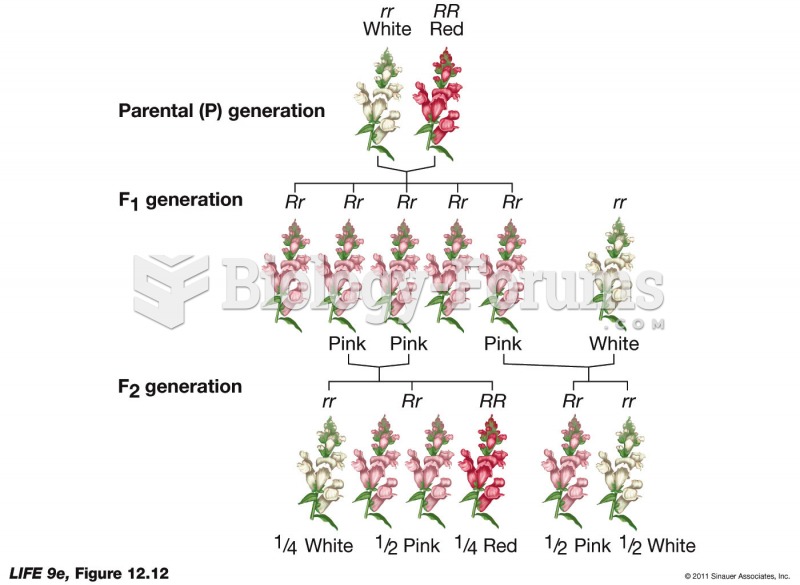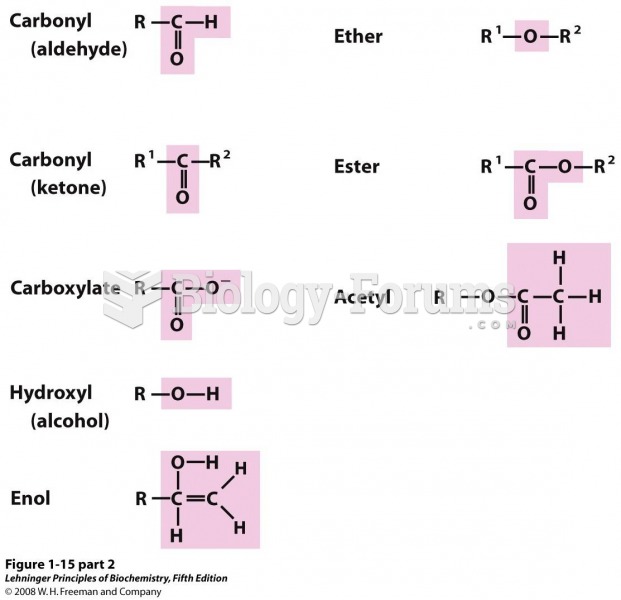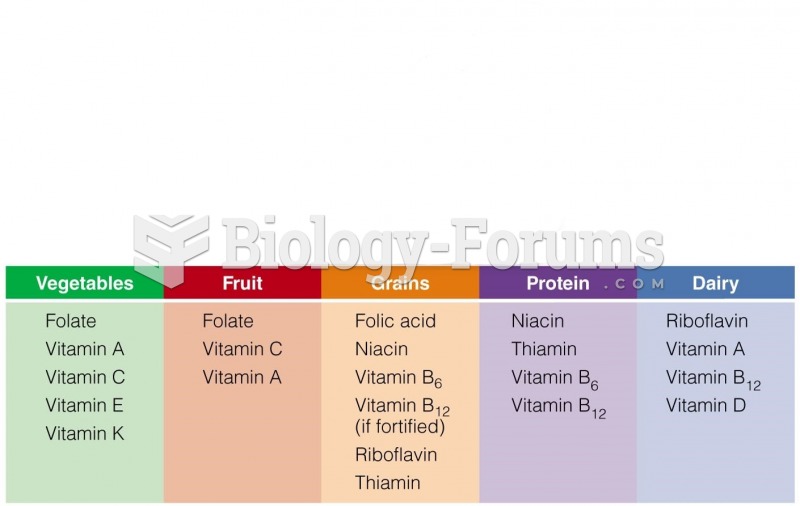Answer to Question 1
Although all animal sources of protein contain the total essential amino acids and are therefore known as complete proteins, individual foods from different plant sources may be lacking one or more of them. Most plant proteins are therefore known as incomplete proteins. An exception is soy, a legume that is often used by vegetarians for its protein content because it is a plant source that has all the essential amino acids. Generally, a good combination of foods that contain plant protein such as nuts, seeds, grains, legumes, and vegetables will provide all the amino acids the body needs. As a legume, beans are an excellent source of protein that additionally contain beneficial zinc, potassium, and fiber. Vegans (i.e., individuals who eat no animal sources of food) need to be careful that they consume the right combination of plant-based foods (e.g., beans and rice combined) to ensure that they receive all their essential amino acids.
Answer to Question 2
In addition to carbohydrate, protein is another important food nutrient. Protein, a macronutrient that consists of building blocks called amino acids, is used as raw material to build and repair the structures of almost every part of our body. Proteins we eat are broken down into their amino acid components and then reassembled into body structures such as hair, muscle, and collagen. Our blood cells employ these amino acids and assembled proteins to carry oxygen in the form of hemoglobin, antibodies to fight diseases, enzymes to catalyze biochemical processes, and hormones to act as chemical messengers. Proteins can also fuel the body, but the body prefers to use stored carbohydrates or fats first since amino acids from proteins undergo more steps to convert into glucose in a process known as gluconeogenesis or into fatty acids through ketogenesis before their energy can be liberated.







